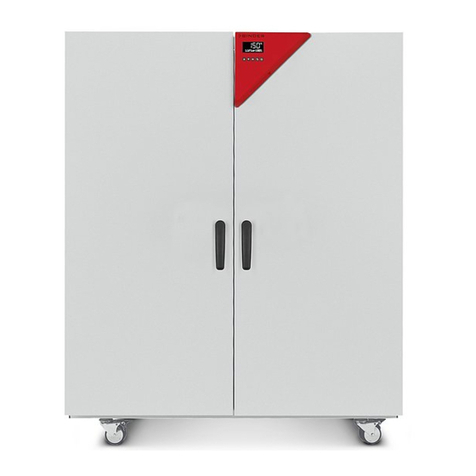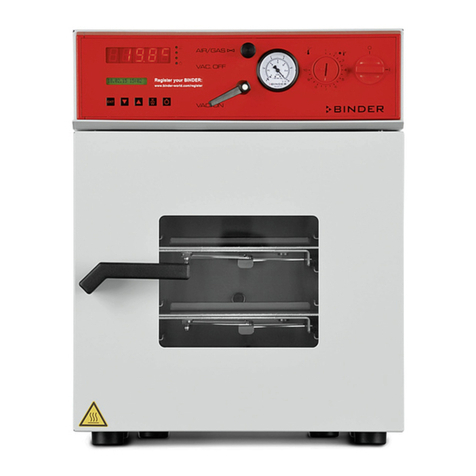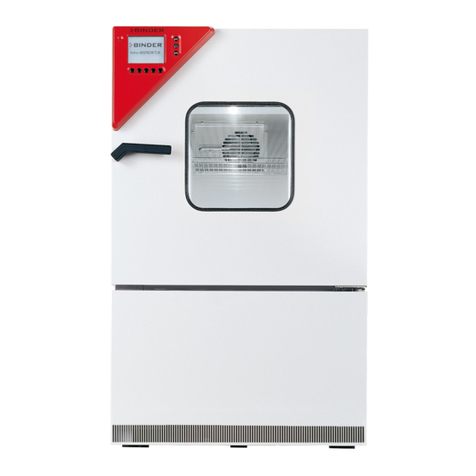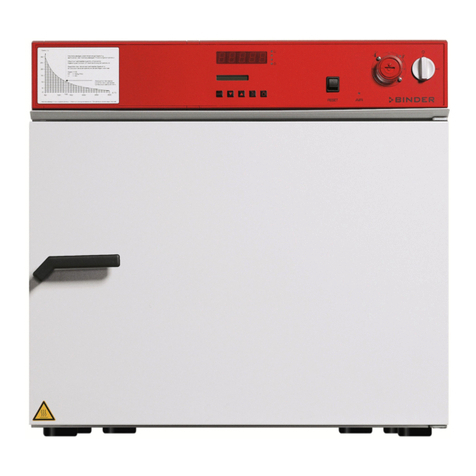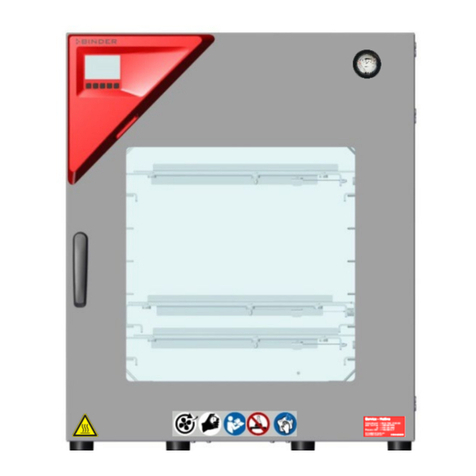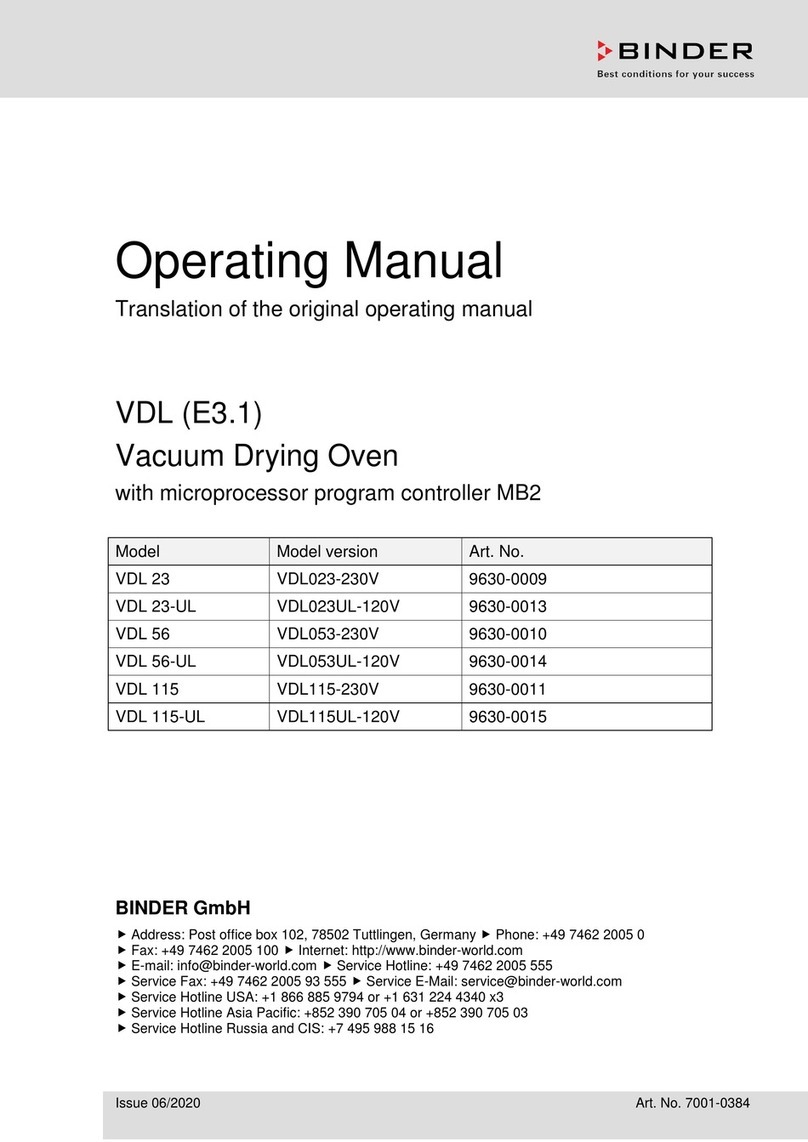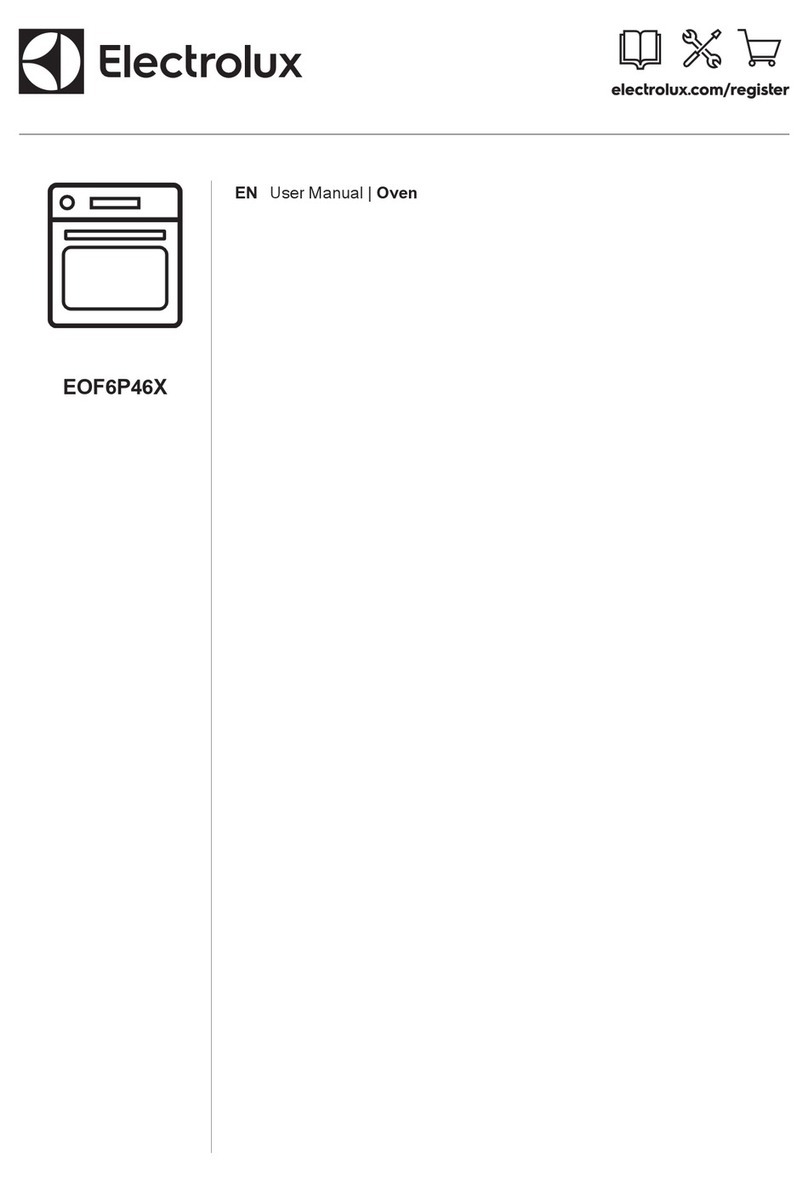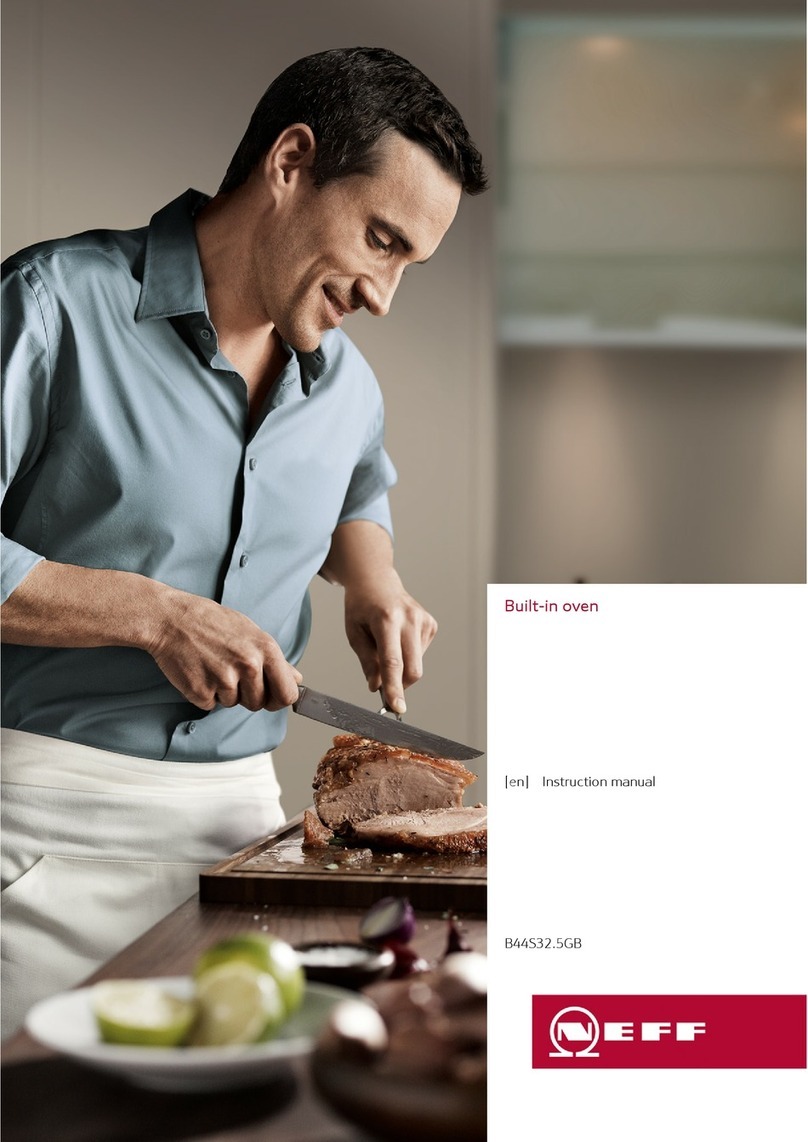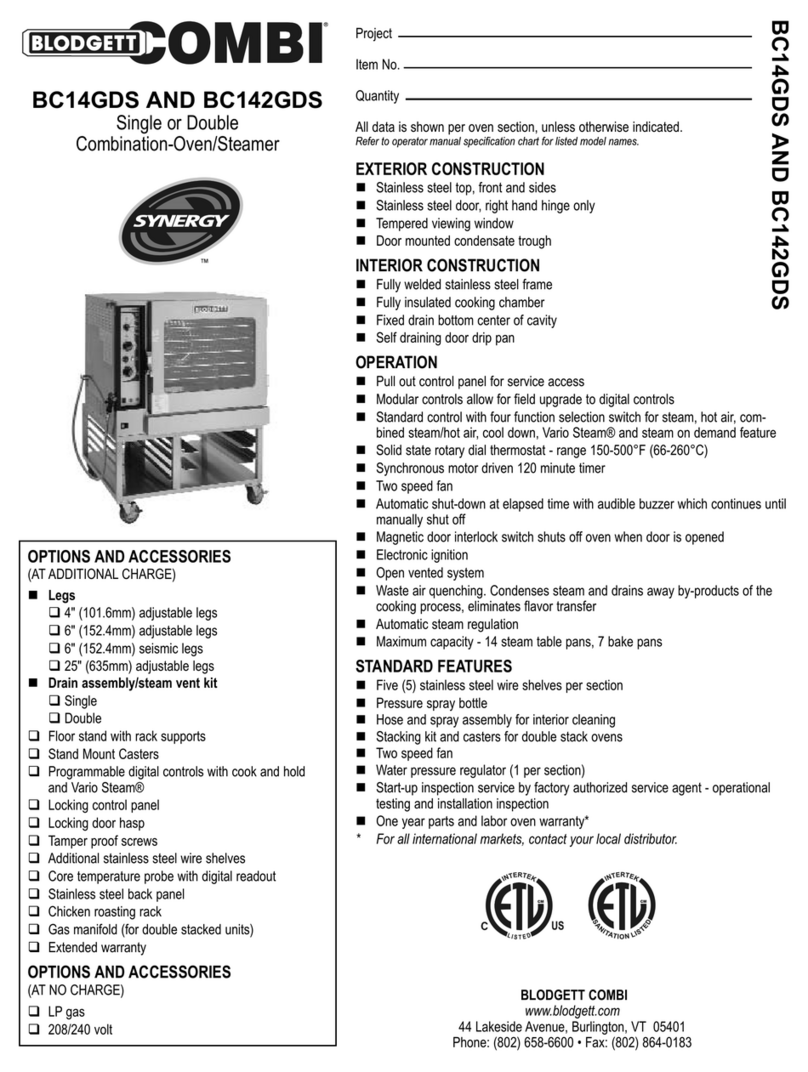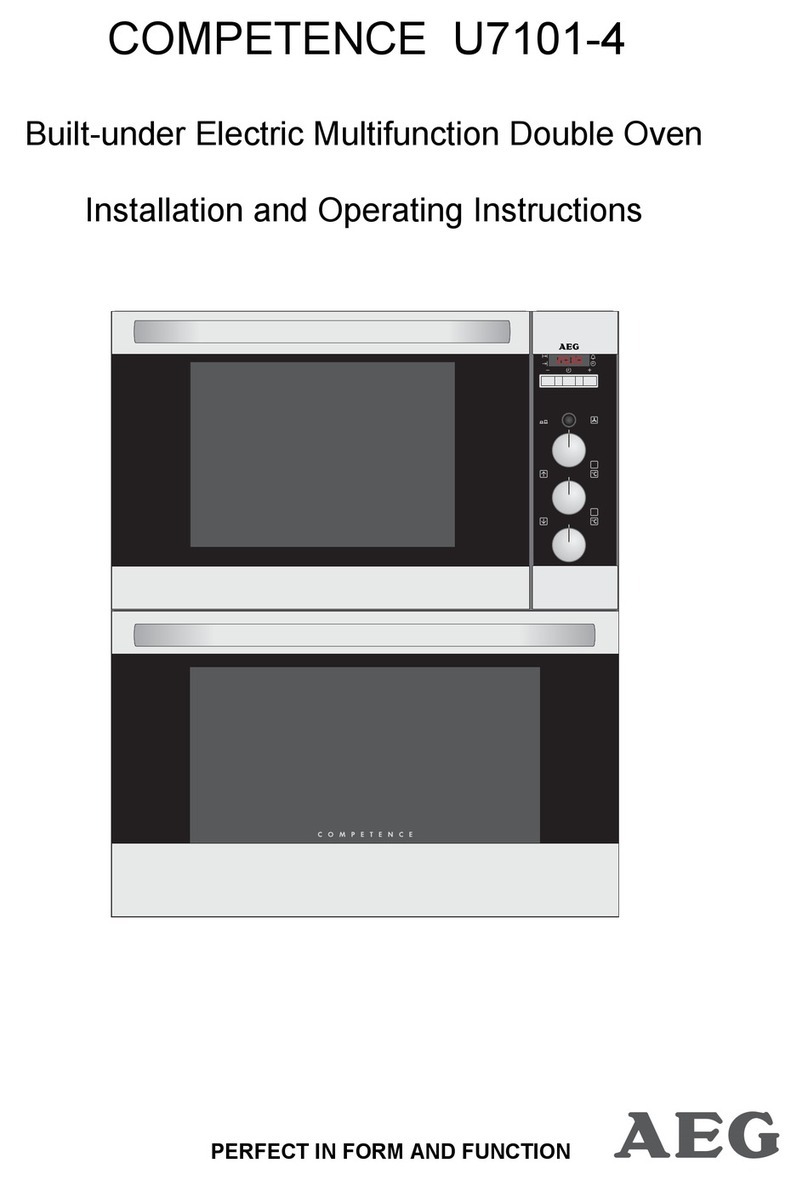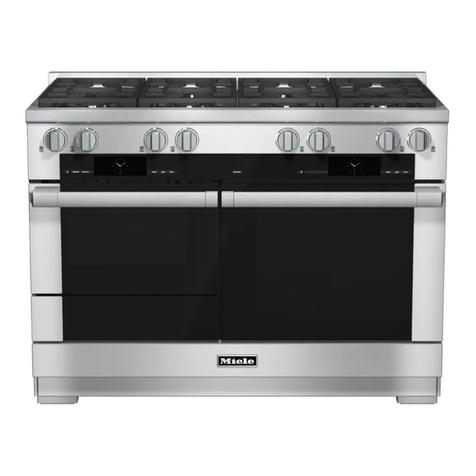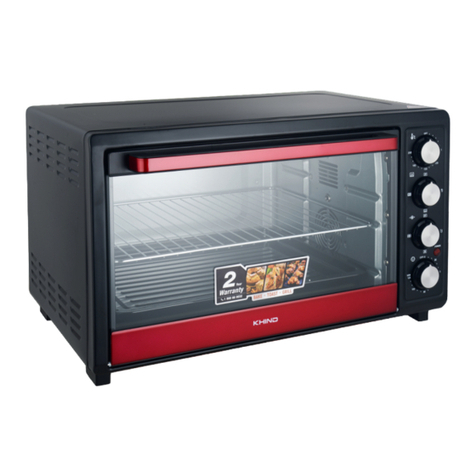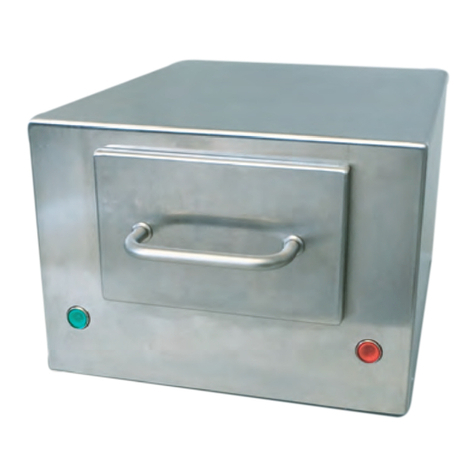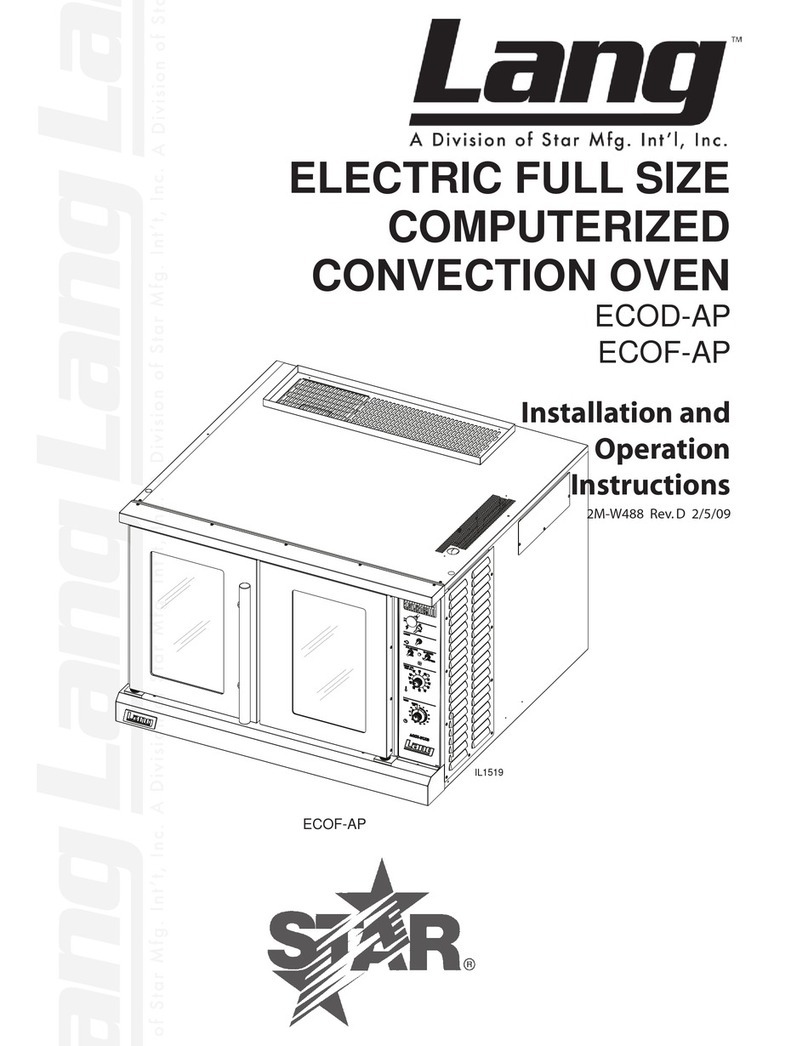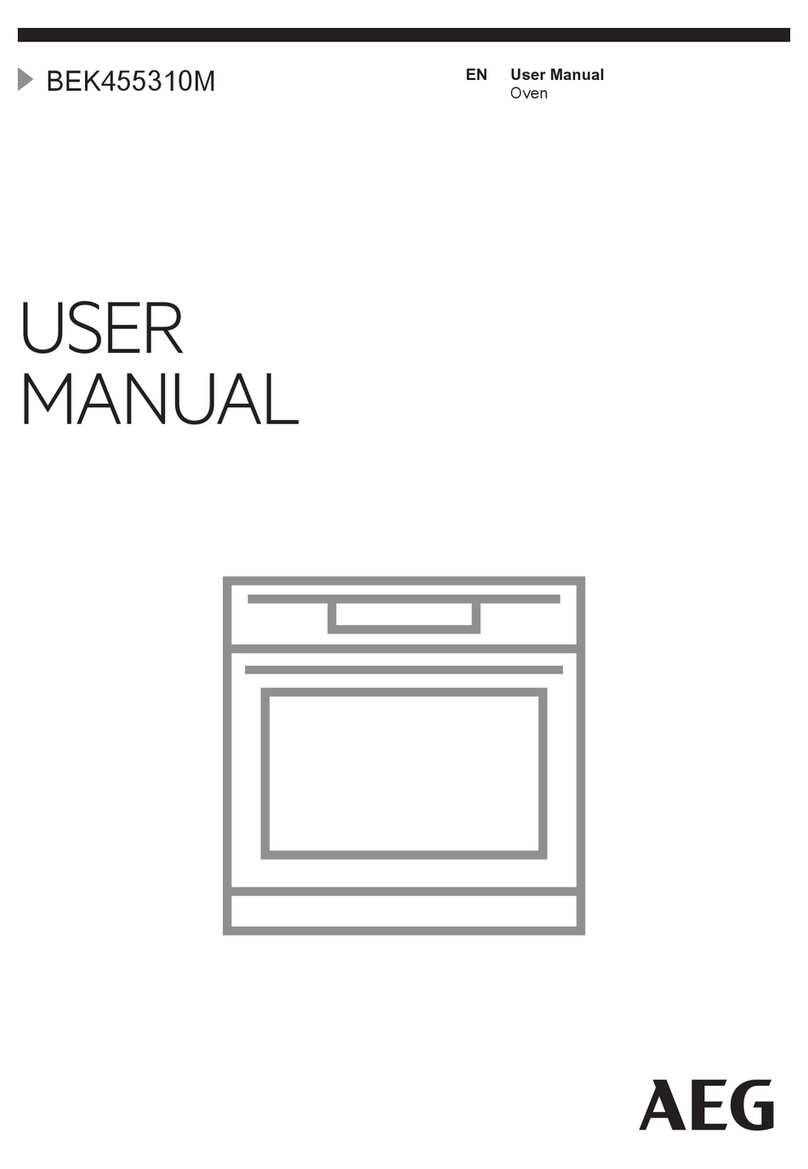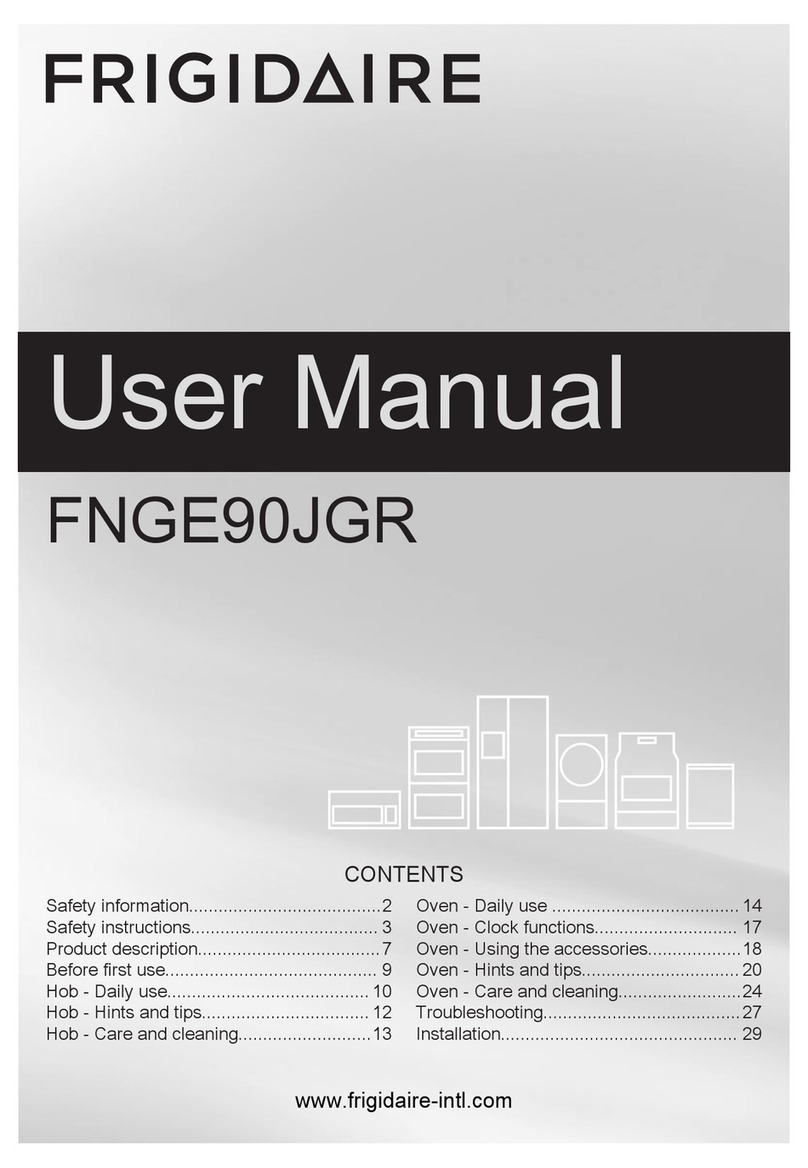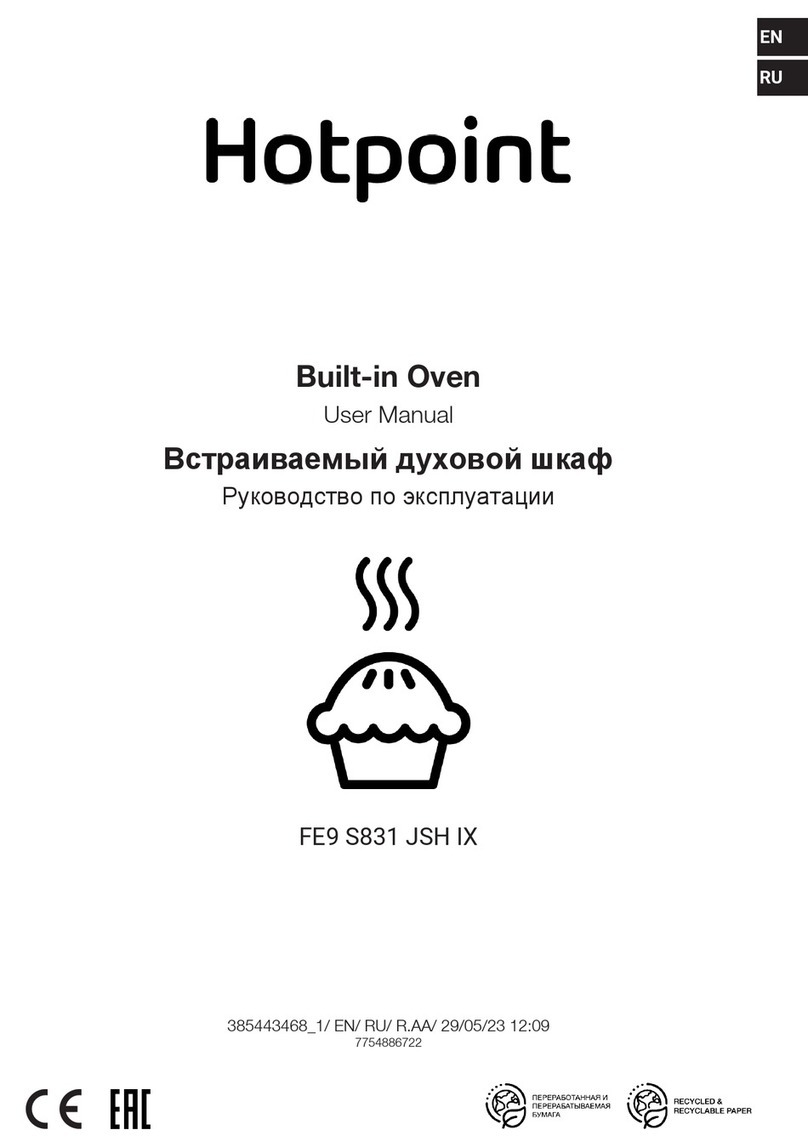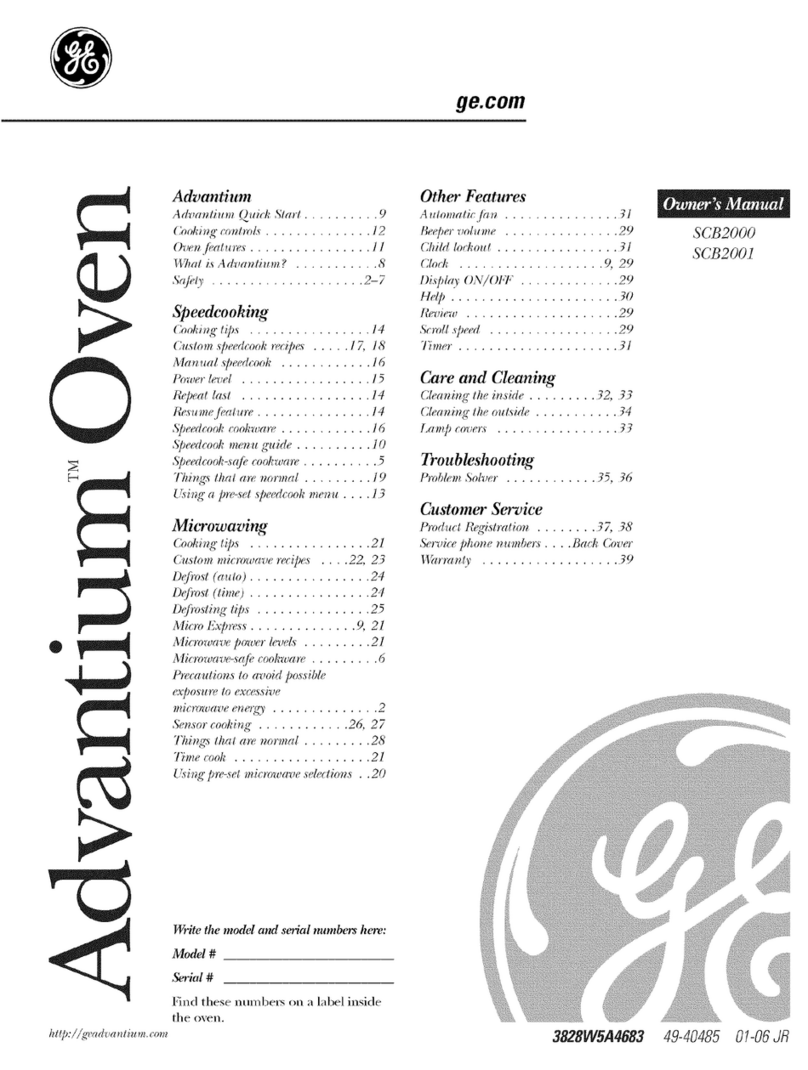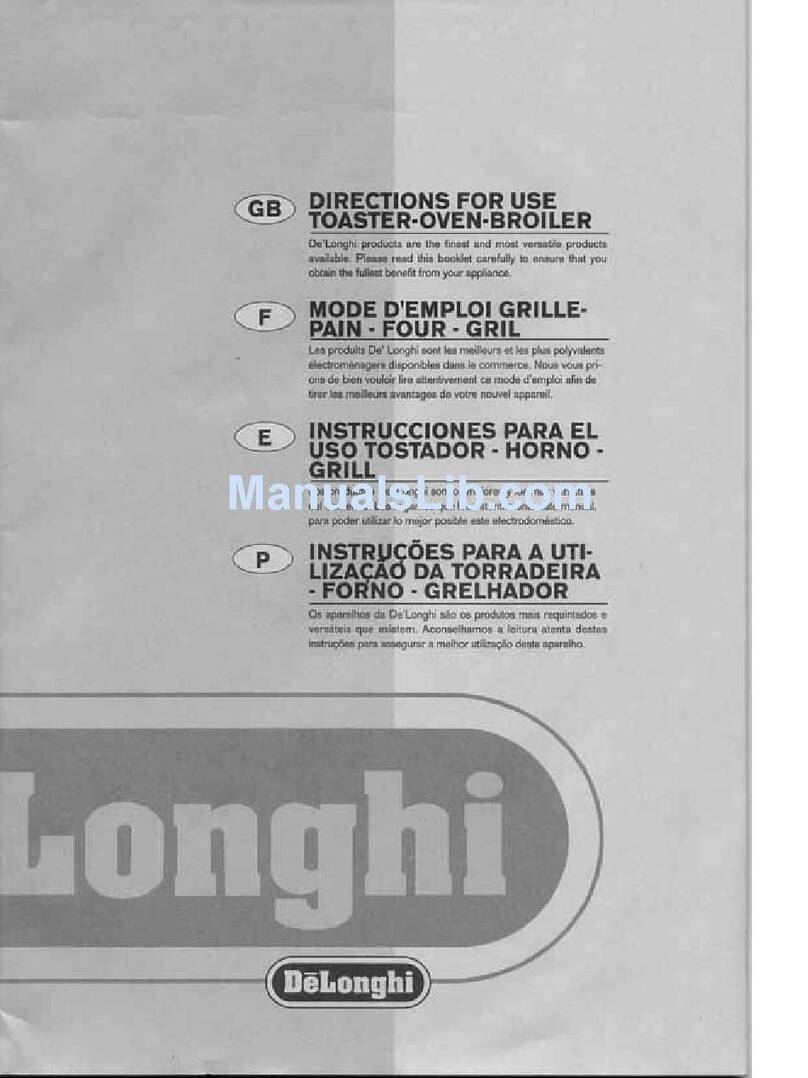
FED (E2) 02/2015 page 2/60
Content
1. SAFETY.................................................................................................................. 4
1.1 Legal considerations ...........................................................................................................................4
1.2 Structure of the safety instructions......................................................................................................4
1.2.1 Signal word panel ..........................................................................................................................4
1.2.2 Safety alert symbol ........................................................................................................................5
1.2.3 Pictograms .....................................................................................................................................5
1.2.4 Word message panel structure......................................................................................................6
1.3 Localization / position of safety labels on the chamber ......................................................................6
1.4 Type plate ...........................................................................................................................................7
1.5 General safety instructions on installing and operating the chambers...............................................8
1.6 Intended use .......................................................................................................................................9
2. CHAMBER DESCRIPTION .................................................................................. 10
2.1 Equipment overview FED .................................................................................................................11
3. COMPLETENESS OF DELIVERY, TRANSPORTATION, STORAGE, AND
INSTALLATION.................................................................................................... 11
3.1 Unpacking, and checking the equipment and completeness of delivery..........................................11
3.2 Guidelines for safe lifting and transportation ....................................................................................12
3.3 Storage..............................................................................................................................................12
3.4 Location of installation and ambient conditions ................................................................................13
4. INSTALLATION.................................................................................................... 14
4.1 Electrical connection .........................................................................................................................14
4.2 Connection to a suction plant (optional) ...........................................................................................14
5. START UP............................................................................................................ 15
5.1 Turning on the chamber....................................................................................................................15
5.2 Heating operation display .................................................................................................................15
5.3 Air change .........................................................................................................................................16
6. CONTROLLER SETTING..................................................................................... 16
6.1 Display / entry of temperature and ventilation set-points (without ramp function)............................16
6.2 Display / entry of temperature and ventilation set-points (with selected temperature ramp) ...........17
6.3 Time functions: Continuous operation and Timer operation.............................................................18
6.3.1 Switching between Continuous operation and Timer operation..................................................19
6.3.2 Continuous operation...................................................................................................................19
6.3.3 Setting the timer values ...............................................................................................................20
6.4 User level settings.............................................................................................................................21
6.4.1 Temperature unit change between degrees Celsius °C and degrees Fahrenheit °F..................22
6.4.2 Enter a temperature ramp............................................................................................................22
6.4.3 Chamber addressing....................................................................................................................23
6.4.4 Selecting the timer function..........................................................................................................24
6.4.5 Setting the interface mode and, if appropriate, the printer interval..............................................25
6.5 Temperature programming example ................................................................................................26
6.6 General notes....................................................................................................................................26
7. TEMPERATURE SAFETY DEVICES................................................................... 27
7.1 Temperature safety device class 2 (DIN 12880) ..............................................................................27
7.2 Temperature safety device class 3.1 (DIN 12880) (option)..............................................................28
7.3 Disconnectable audible over-temperature alarm (option).................................................................29

